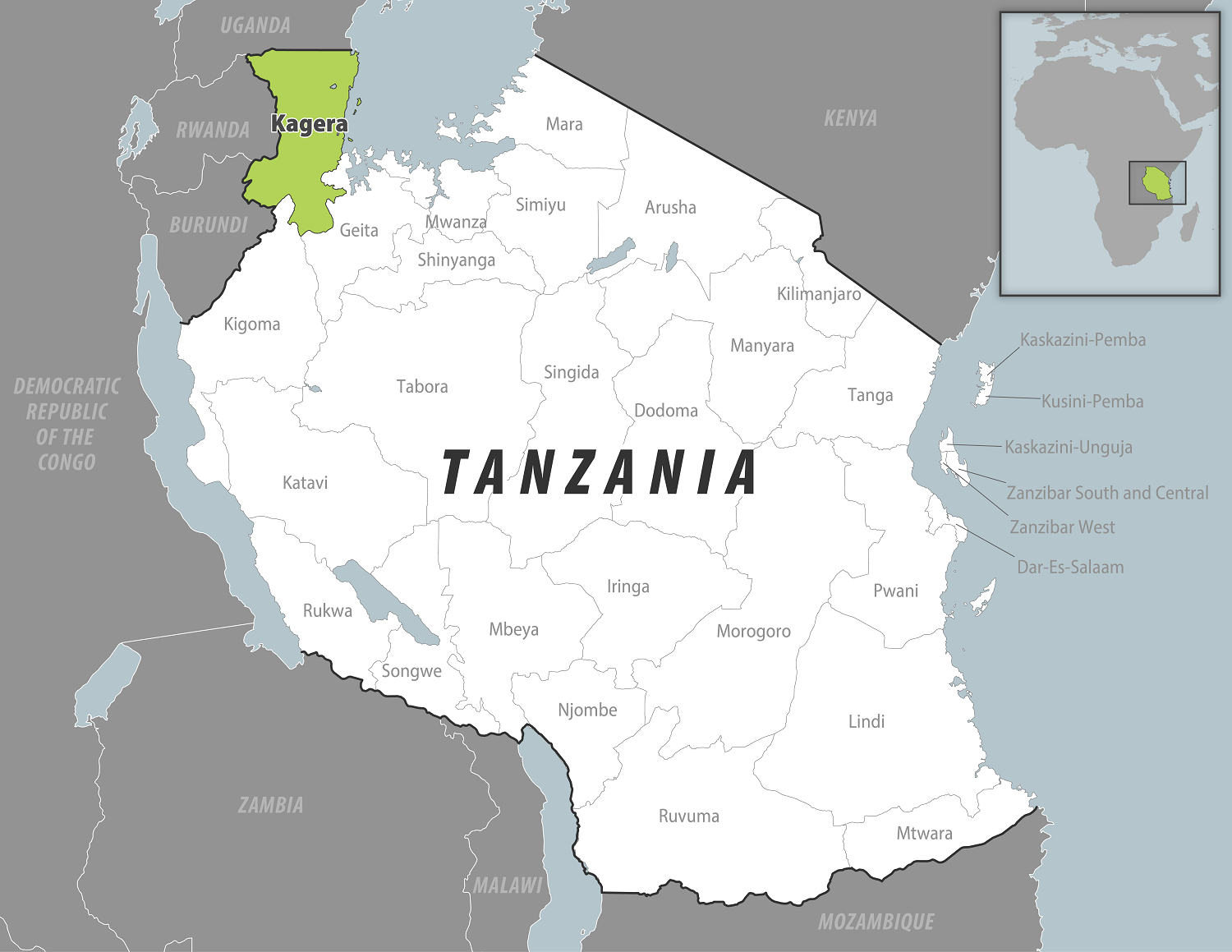
#17,363
While rare, Marburg was the first of the filovirus family of hemorrhagic diseases to be recognized. While normally only found in parts of eastern and central Africa, Marburg – surprisingly - was first detected in Germany in the late 1960s.
In 1967, several workers involved with Polio research at a laboratory in Marburg, Germany fell ill with an unknown illness. What began with fever, vomiting, and diarrhea progressed rapidly to internal bleeding, shock, and for 7 of the 31 victims, death.
An investigation identified the source of the virus; Green monkeys imported from Uganda for research. We now know that while monkeys and other mammals can be infected, the reservoir host of Marburg virus is the African fruit bat, Rousettus aegyptiacus.
This led to the creation of a new virus family; the Filoviridae, of which Marburg and the six known Ebola viruses are the principal members.
As noted above, on rare occasions exported cases have been reported outside of Africa. In addition to the 31 cases in Germany, the CDC lists 1 case exported to the US and 1 case to the Netherlands (both in 2008).
21 March 2023
Brazzaville/Dar es Salaam – Tanzania today confirmed its first-ever cases of Marburg Virus Disease after laboratory tests were carried out following reports of cases and deaths in the country’s north-west Kagera region.
Tanzania’s National Public Health Laboratory analysed samples to determine the cause of illness after eight people developed symptoms including fever, vomiting, bleeding and renal failure. Five of the eight cases, including a health worker, have died and the remaining three are receiving treatment. A total of 161 contacts have been identified and being monitored.
“The efforts by Tanzania’s health authorities to establish the cause of the disease is a clear indication of the determination to effectively respond to the outbreak. We are working with the government to rapidly scale up control measures to halt the spread of the virus and end the outbreak as soon as possible,” said Dr Matshidiso Moeti, World Health Organization (WHO) Regional Director for Africa.
WHO is supporting the Ministry of Health to deploy an emergency team to Kagera to carry out further epidemiological investigations. The emergency team will focus on active case finding in the community and local health care facilities to identify more contacts and provide them with appropriate care.
While Tanzania has never previously recorded a Marburg case, it has had to respond to other health emergencies including COVID-19, cholera and dengue within the past three years. A strategic risk assessment conducted by WHO in September 2022 showed that the country is at high to very high risk for infectious diseases outbreaks.
“The lessons learnt, and progress made during other recent outbreaks should stand the country in good stead as it confronts this latest challenge,” said Dr Moeti. “We will continue to work closely with the national health authorities to save lives.”
Marburg virus disease is highly virulent and causes haemorrhagic fever, with a fatality ratio of up to 88%. It is in the same family as the virus that causes Ebola virus disease. Illness caused by Marburg virus begins abruptly, with high fever, severe headache and severe malaise. Many patients develop severe haemorrhagic symptoms within seven days. The virus is transmitted to people from fruit bats and spreads among humans through direct contact with the bodily fluids of infected people, surfaces and materials.
There are no vaccines or antiviral treatments approved to treat the virus. However, supportive care – rehydration with oral or intravenous fluids – and treatment of specific symptoms, improves survival.
Marburg in Tanzania
Warning - Level 3, Avoid Nonessential Travel
Alert - Level 2, Practice Enhanced Precautions
Watch - Level 1, Practice Usual Precautions
Key pointsOn March 21, 2023, Tanzania declared an outbreak of Marburg virus disease. Confirmed cases have been reported in the Kagera Region.
Local health authorities are working to identify cases and conduct case investigations, strengthen surveillance, identify sources of transmission, and educate communities about the risks and dangers of Marburg.
Travelers to this area should:
- Avoid contact with sick people who have symptoms such as fever, muscle pain, and rash.
- Avoid contact with blood and other body fluids.
- Avoid contact with fruit bats and the caves and mines where they live.
- Avoid contact with non-human primates (e.g., chimpanzees, gorillas).
- Travelers should separate themselves from others (isolate) and seek medical care immediately if they develop fever, chills, muscle pain, rash, sore throat, diarrhea, weakness, vomiting, stomach pain, or unexplained bleeding or bruising during or after travel (up to 21 days).
- Travelers should call ahead before going to a healthcare facility and tell the doctor that they’ve been to an area with Marburg virus.
Map: Areas of Tanzania with outbreak of Marburg (see larger map)
What is Marburg?
Marburg virus disease is a rare and deadly disease that has, at times, caused outbreaks in several African countries. It is spread by contact with blood or body fluids of a person infected with Marburg virus. It is also spread by contact with contaminated objects (such as clothing, bedding, needles, and medical equipment) or by contact with animals, such as bats and nonhuman primates, who are infected with Marburg virus.
Marburg virus disease is a viral hemorrhagic fever. Symptoms include fever, chills, headache, muscle pain, rash, sore throat, diarrhea, vomiting, stomach pain, chest pain, and unexplained bleeding or bruising. Infection with Marburg virus is often fatal. There is no specific treatment or approved vaccine for Marburg virus disease.

